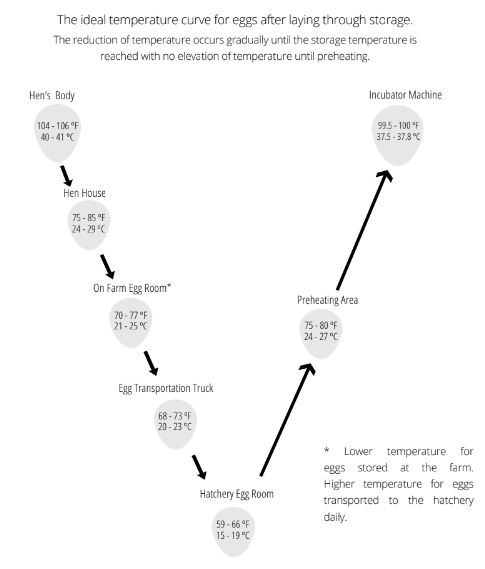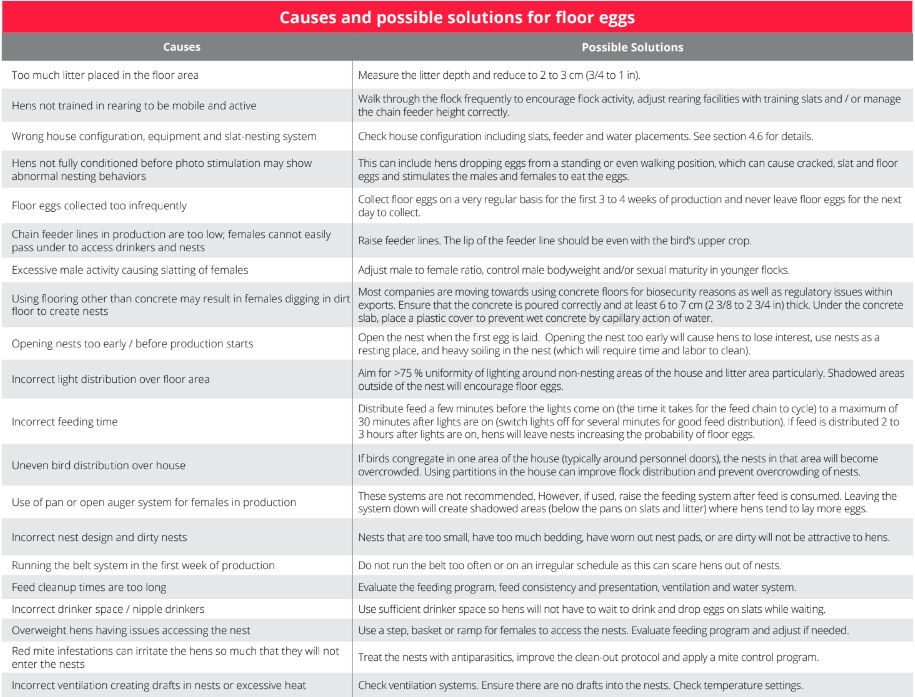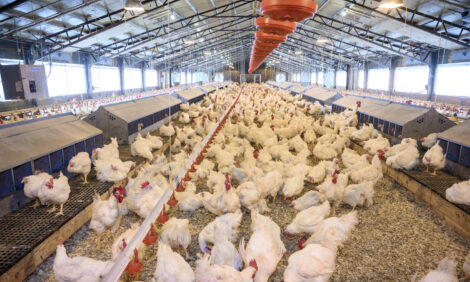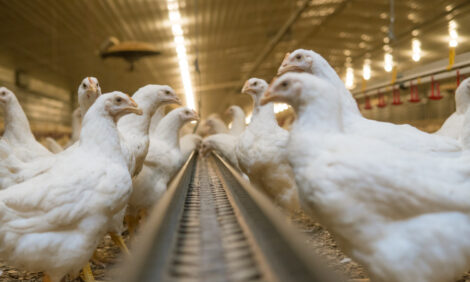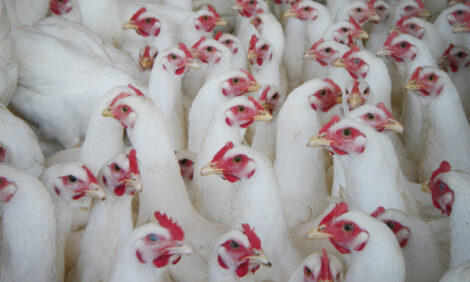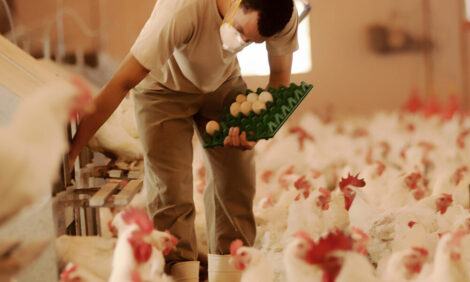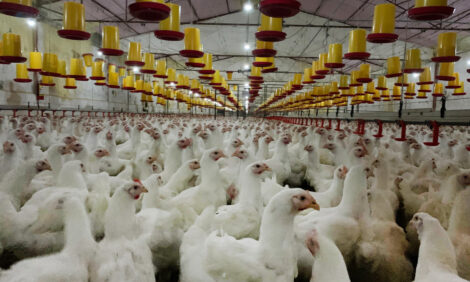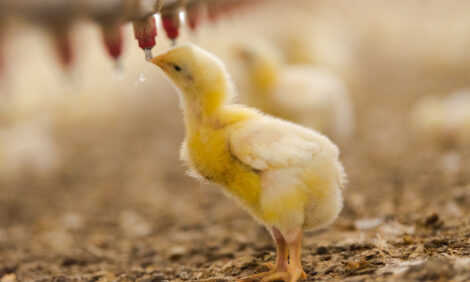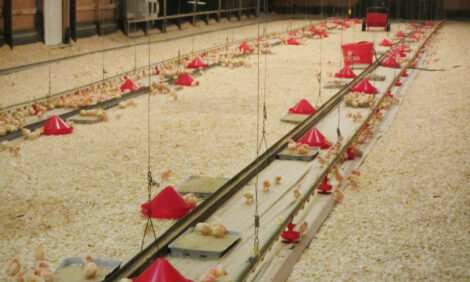



Cobb Breeder Management Guide: Egg storage
Learn more about ideal temperature curves and solutions for floor eggsPart of Series:
< Previous Article in Series Next Article in Series >
Editor's note: This article is an excerpt from the Cobb Breeder Management Guide and additional articles will follow. The Guide was designed to highlight critical factors that are most likely to influence flock performance. The management recommendations discussed were developed specifically for Cobb products. The recommendations are intended as a reference and supplement to your own flock management skills so that you can apply your knowledge and judgement to obtain consistently good results with the Cobb family of products. To read or download the complete Guide or to view Cobb's other management guides, click here.
Eggs should be allowed to cool down gradually before putting them into egg storage (refer to the Optimum Temperature Range for Egg Storage chart). Store the eggs in an environmentally controlled egg store with a relative humidity of 70 %. For long-term egg storage, refer to Cobb Hatchery Management Guide.
Always keep daily records of the maximum and minimum temperatures and the relative humidity in the egg store. Measurements should be taken three times a day (in the morning, mid-day and in the evening). It is important to take measurements at the same times each day.
Key points on egg storage
- Eggs should be collected from the farms and transported to the hatchery at least twice a week.
- There are three storage areas: farm egg room, transport, and hatchery egg room. It is important to match the conditions in each of these situations as closely as possible to prevent sharp changes in temperature and humidity, which can lead to condensation (sweating) on eggs, or eggs becoming chilled or over-heated.
- Condensation will form when cold eggs are placed in a warmer environment. This is often overlooked when eggs are being transported from the farm to the hatchery and can be prevented by using environmentally controlled egg transport.
- Eggs should be gradually cooled from laying to the hatchery egg storage room, which should be the coolest point for the egg. Temperature fluctuations during egg storage time will cause a higher early embryonic mortality and poorer quality chicks.
- Slow circulation fans must be placed so that the room temperature is
very uniform which will promote uniform temperatures of the hatching eggs.
